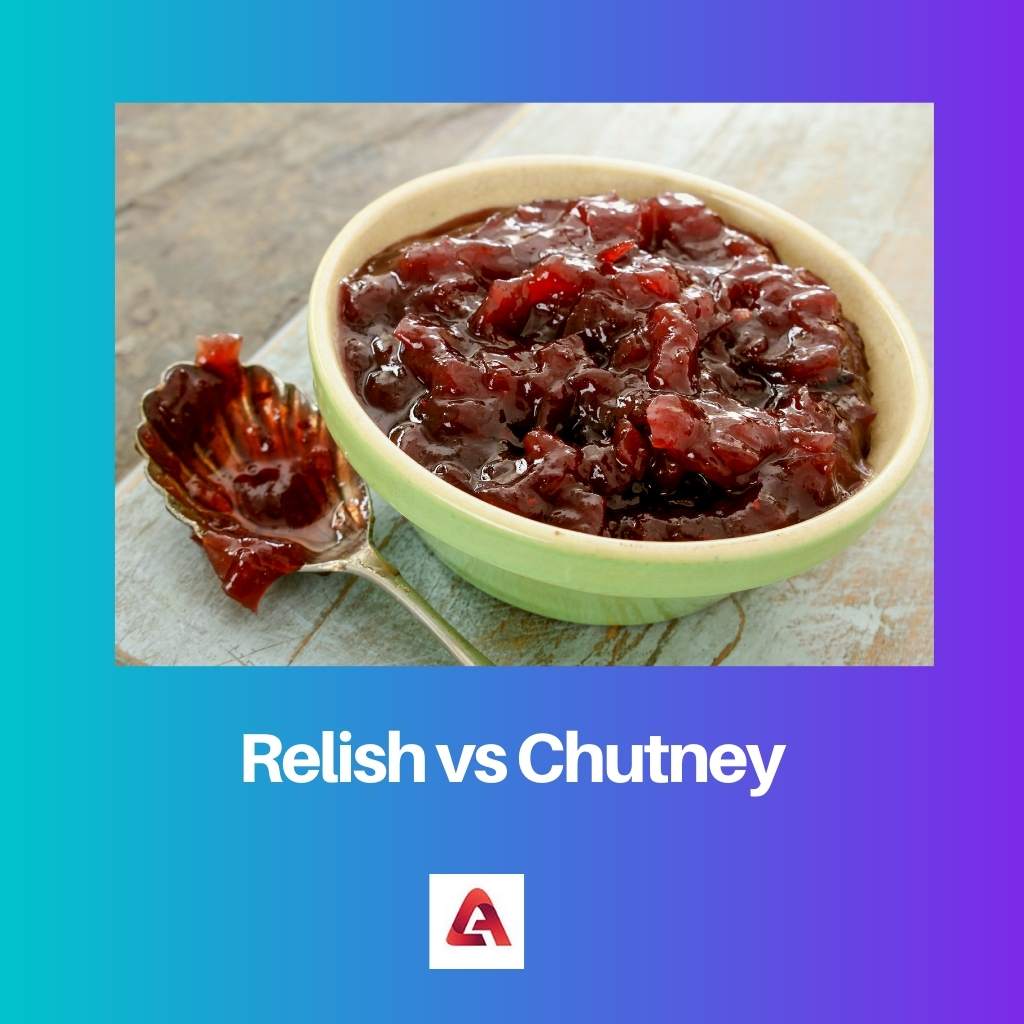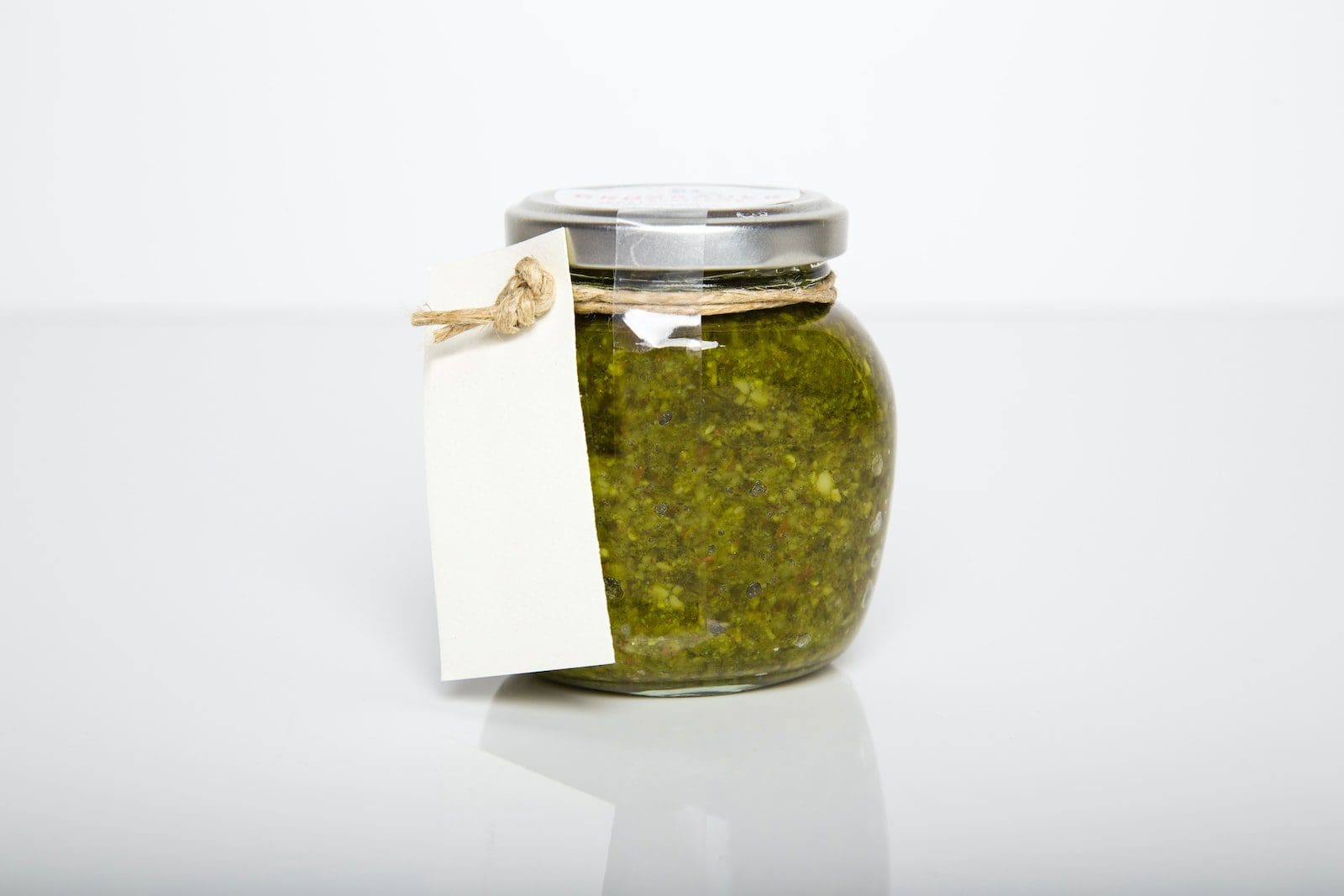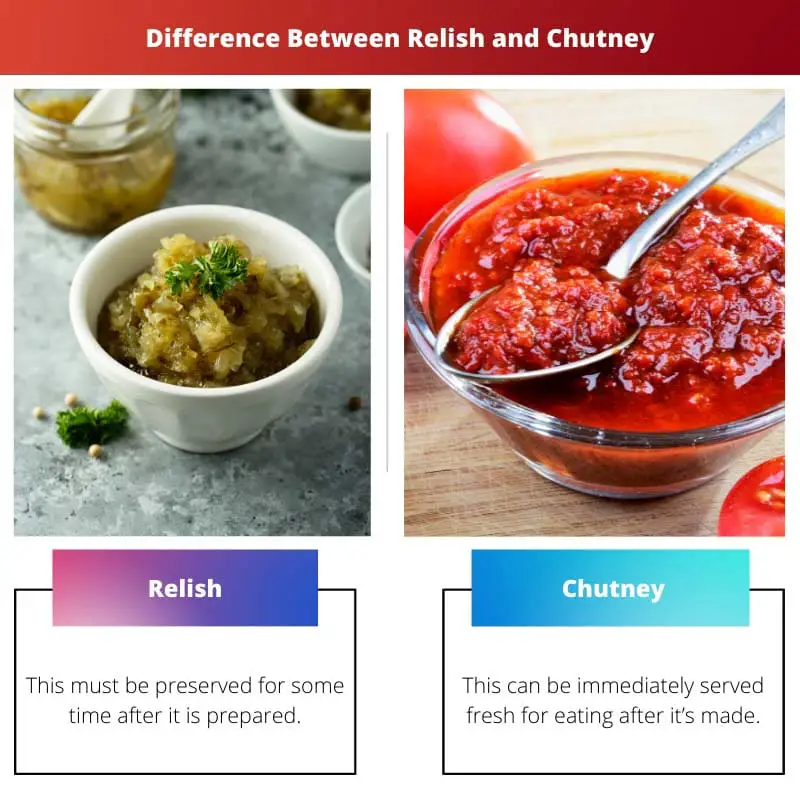There are so many food items out there from which man tries to spice up the daily food for his people since forever. Due to the art of preservation, mankind has been able to create magnificent food items through spices such as pickles, jams, chutneys, etc.
People from all over the world are engrossed in making chutneys and relishes, which enhance their cooking.
Key Takeaways
- Relish is a condiment made from chopped vegetables, fruits, or nuts in vinegar, while chutney is made from a mixture of fruits, vegetables, spices, and vinegar or lime juice.
- Relish has a sweet or savory flavor, while chutney has a sweet, sour, or spicy flavor.
- Relish is used as a topping for hot dogs, burgers, or sandwiches, while the chutney is used as a dip or condiment for Indian dishes or snacks.
Relish vs Chutney
Relish is a type of condiment food. It can be made with fresh fruits, vegetables and nuts. The flavour of relish can be sweet or savoury. Fruits or vegetables are chopped to make relish. Relish can be stored for a long time. Chutney is a condiment food which has a savoury taste. Fruits or vegetables are ground to make chutney.

A relish is commonly said to be a food type that falls under the condiment category. This is a mixture of chopped or sometimes full-sized fruits or vegetables with some seasoning.
This is preserved for some days before it is presented for eating. They have long life spans and can be stored for even a month.
A chutney is a food type that also comes under the condiment category. This is a type of savoury or food type that serves as a side for savoury meals.
This smooth texture contains the grinding of different types of vegetables and fruits into a paste. A chutney is a really popular food well known all over the world today.
Comparison Table
| Parameters of Comparison | Relish | Chutney |
|---|---|---|
| Origin | This has its origin from Western culture. | This has its origin from the Indian culture. |
| Serving | This must be preserved for some time after it is prepared. | This can be immediately served fresh for eating after it’s made. |
| Texture | This has a chunky texture. | This has a smooth paste-like texture. |
| Fruits and vegetables’ size | In this, there is the presence of bigger pieces of fruits and vegetables. | In this, there is the presence of almost small or ground pieces of fruits or vegetables. |
| Spice | This Mixture may not necessarily contain spice. | This mixture always contains spices. |
What is Relish?
A Relish is that category of food item where it is served on the side with a meal for a person. A jam, a chutney, and a pickle are all categories that come under a relish. When cucumber is spiced up, added into the jar, and preserved, this is also an example of a relish.
Relish is commonly observed to be eaten with snacks or fast food like a burger. This is done so to bring an enhancement in the taste of a food item.
There is a presence of fruits and vegetables cut long in a relish. They have a meatier texture. They are immersed in a sauce-like liquid that is not that prominent.
The texture of the relish is not that smooth when touched. In countries like Canada, a relish is severed with fast food in restaurants like McDonald’s, etc. But this is not the same case at McDonald’s in the US.
In some places like India, pickles are preferred more than relish, and in some other countries, a custard is preferred more than a relish.

What is Chutney?
The term chutney had emerged from a famous Hindi word names chatni. This word means highly spiced. The origin of chutney happened to form country India.
This chutney is famous for being too hot on plates. Chutney is a mixture of various fruits or vegetables. These vegetables are chopped, ground into a smooth paste, and then served hot after adding spices.
The taste of chutney can either be sweet or salty, or even both at the same time. It depends on what all a person chooses to add in a mixture for making chutney. People make chutney to make dry food delicious with a hint of spices to it.
The consistency of the chutney is of a smooth paste-like structure. This helps people to spread it evenly on whichever food items are required. In India, chutneys are most commonly made out of mint and coriander.
In the southern parts of India, some chutneys are made of coconut. Other famous chutneys include chilli chutney, tomato chutney, onion chutney, etc.

Main Differences Between Relish and Chutney
- A relish has its origin in Western culture, and on the other hand, a chutney has its origin from the Indian culture.
- After a chutney has been made, it can be immediately served fresh for eating, and on the other hand, relish must be preserved for some time after it is prepared.
- There is the presence of bigger pieces of fruits and vegetables in relish, and on the other hand, there is the presence of almost small or ground pieces of fruits or vegetables in a chutney.
- A relish contains a chunk of fruits and vegetables which does not result in it having smooth consistency, and on the other hand, a chutney has an extremely smooth consistency Which makes it easy to be spread evenly.
- A relish may not contain any spices when it is prepared; on the other hand, a chutney will always contain spices.


The origin and cultural significance of relish and chutney are interesting to learn about. It’s amazing how these food items have evolved over time.
I find it intriguing how the texture and spicing of relish and chutney differ. It adds more depth to the culinary experience.
I appreciate the historical context provided for chutney. It’s fascinating to learn about the origins of this beloved food item.
The distinction between relish and chutney in terms of serving and texture is quite enlightening. I’ve gained a deeper understanding of these condiments.
The comparison table is very helpful in understanding the key differences between relish and chutney. Thank you for sharing this information.
The details about how relish is used with fast food in various countries and the popularity of chutneys in different regions are quite eye-opening. Well-written piece.
The insight into the cultural preferences for relish and chutney in different regions sheds light on the diversity of culinary traditions. Well-researched article!
This is a fascinating read. I appreciate the detailed comparison between relish and chutney.
I never knew about the differences between relish and chutney. This article is quite informative and insightful.
The description of chutney’s origins and variations in taste provides a rich perspective on this condiment. I thoroughly enjoyed reading this article.